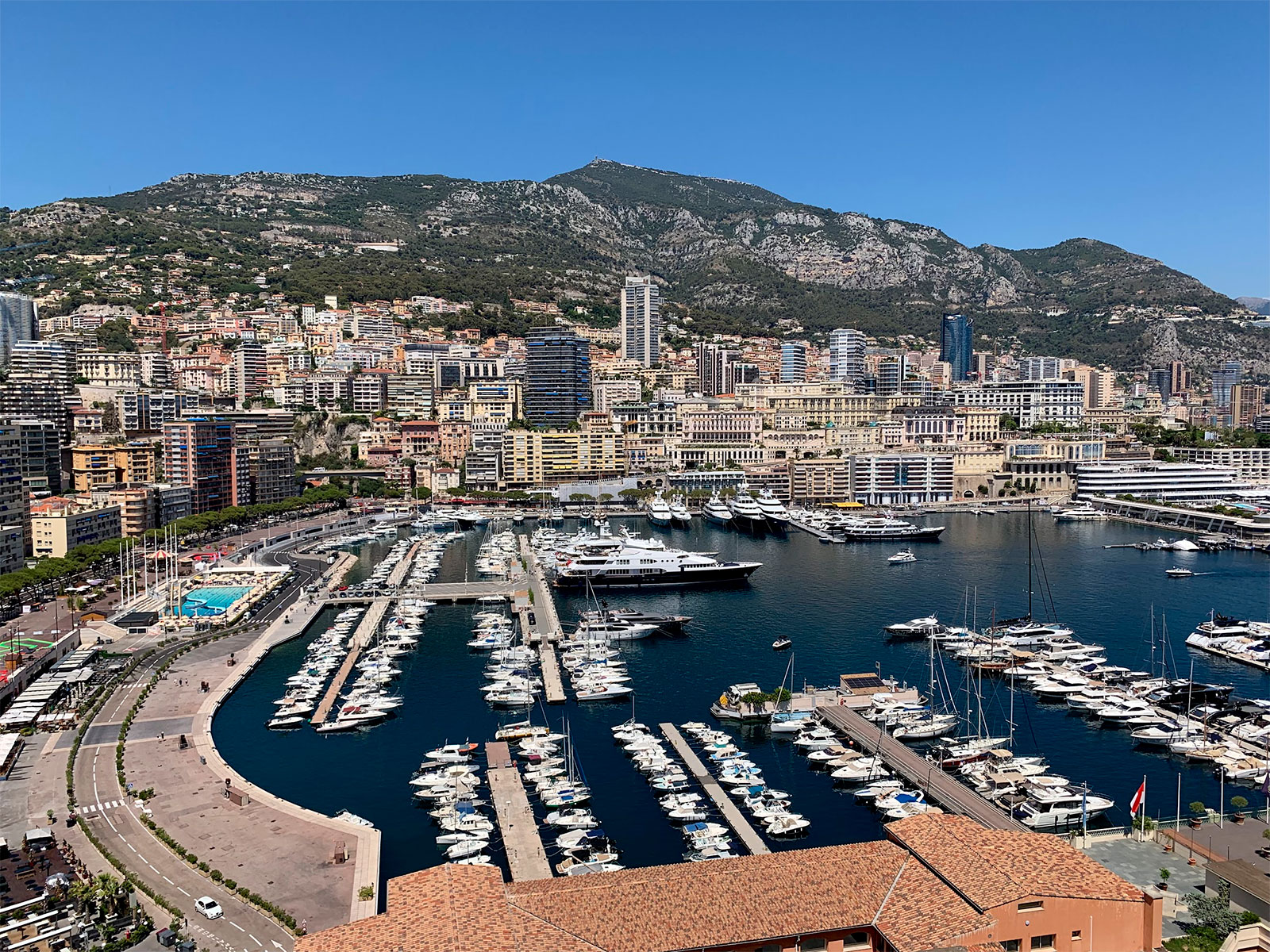Discover the real Monaco: daily life, housing, local culture, and how this microstate stays independent despite strong ties with France.
Monaco is the second smallest country in the world, covering just over 2 square kilometers, yet it holds an outsized presence on the global stage. Known for its luxury yachts, Formula 1 Grand Prix, and tax-free status, Monaco is often portrayed as a playground for billionaires and celebrities. This image, while not entirely inaccurate, overshadows the more complex reality of life inside this microstate. Behind the glitz and glamour lies a functioning country with a native population, a public education system, civil servants, and a working-class community that keeps daily life running.
This article explores three often misunderstood aspects of Monaco: whether it’s possible to live there without being a millionaire, what daily life is like for residents who are not ultra-wealthy, and how Monaco maintains political independence despite its close relationship with France. The goal is to provide a factual and nuanced perspective, moving beyond clichés and superficial assumptions.
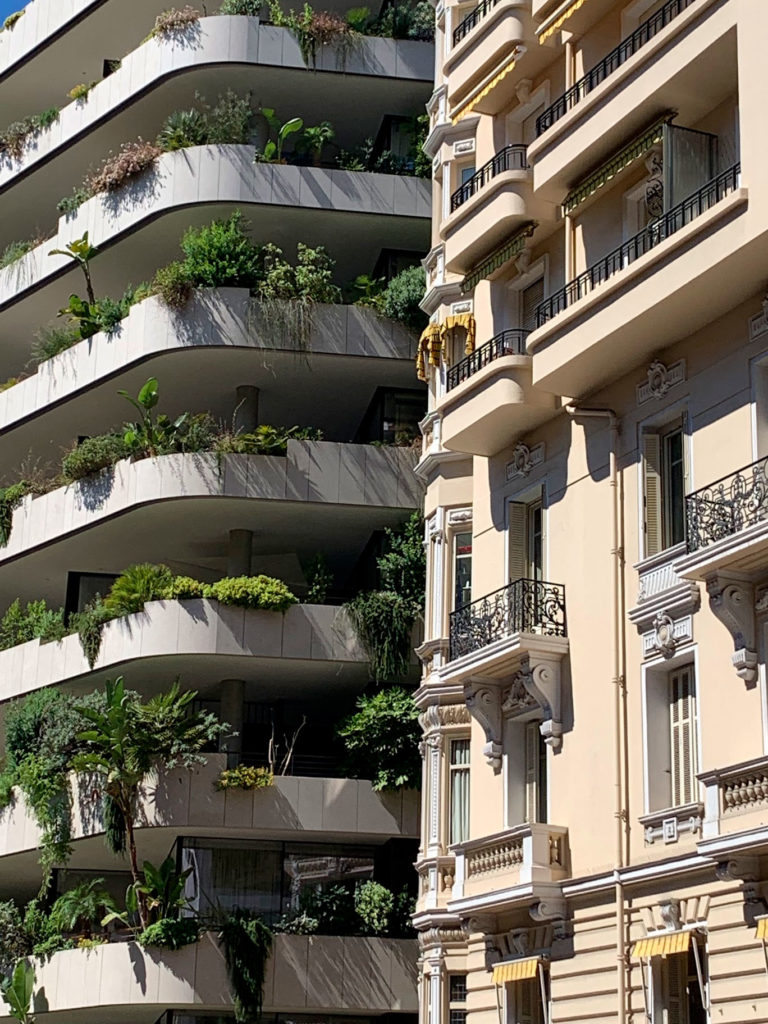
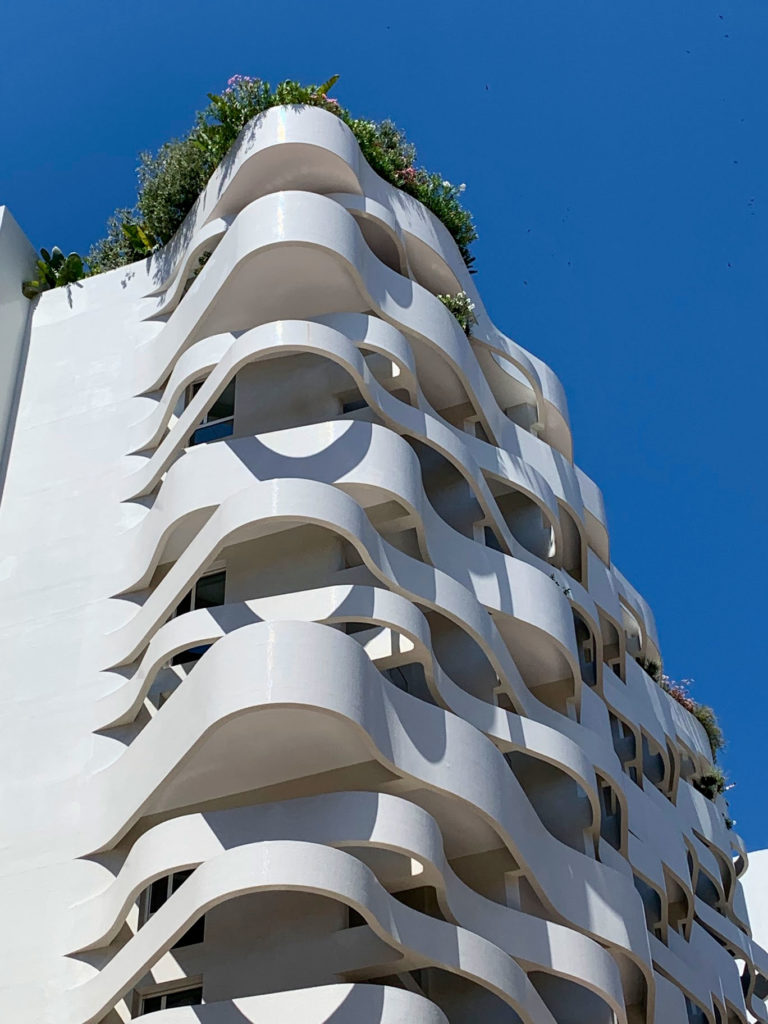
Can You Live in Monaco Without Being a Millionaire?
Monaco is renowned for its opulence, but it’s not exclusively inhabited by the ultra-wealthy. A significant portion of its population comprises civil servants, educators, healthcare workers, and retirees. According to Monaco Statistics, there were 5,226 civil servants employed in the principality as of 2023, with a substantial number residing in neighboring French towns like Beausoleil, Cap-d’Ail, and Roquebrune-Cap-Martin .
Cost of Living
Living in Monaco entails high expenses. As of March 2025, the estimated monthly costs for a single person are approximately €1,832, excluding rent. Rental prices are particularly steep, with a one-bedroom apartment in the city center averaging €5,938 per month. Dining out is also costly; a meal at an inexpensive restaurant averages €27.50, while a three-course meal for two at a mid-range restaurant can cost around €135.
Housing Options
Monaco offers state-owned housing to Monegasque citizens through the State Property Authority (AD), allocated based on a points system considering factors like family size and income. Additionally, the National Housing Aid provides allowances to Monegasque nationals who rent residences in Monaco. However, these benefits are not available to non-citizens.
Alternatives in Neighboring Areas
For those unable to afford Monaco’s high living costs, nearby French towns offer more affordable options. Beausoleil, for instance, has average rental prices of €25.1 per square meter, while Cap-d’Ail averages €27 per square meter. These towns are within walking distance of Monaco, making daily commuting feasible.
Conclusion
While Monaco’s cost of living is among the highest globally, it’s not exclusively for millionaires. With strategic planning, employment within the principality, and consideration of neighboring towns for residence, it’s possible for individuals with moderate incomes to live and work in or near Monaco.
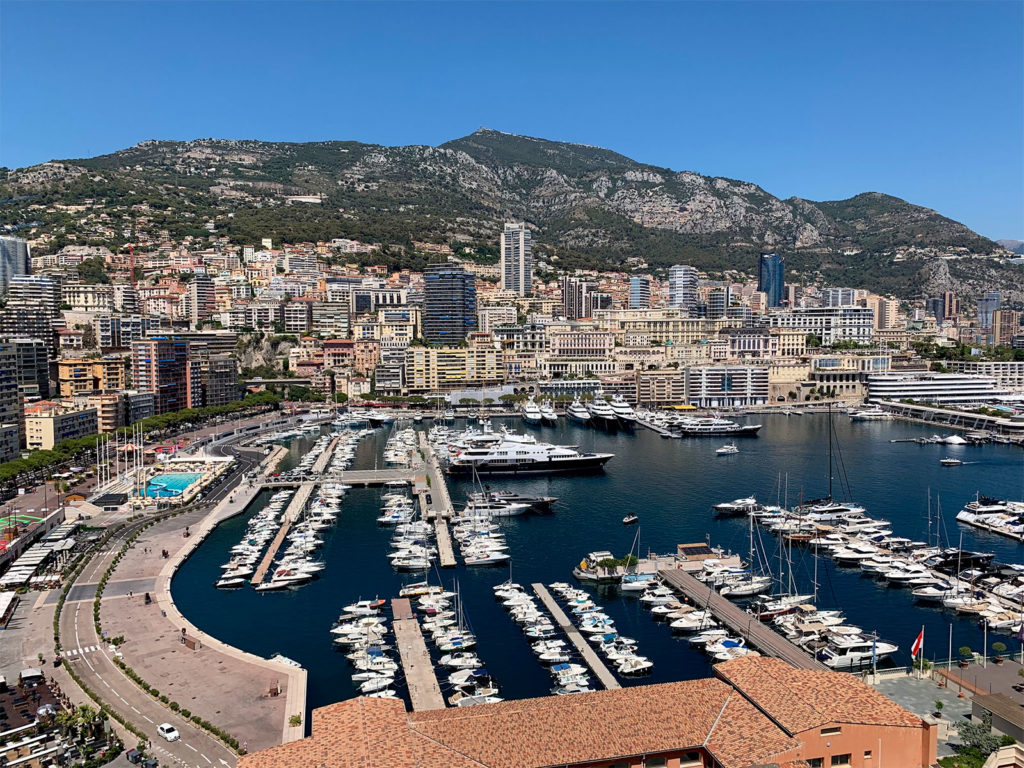
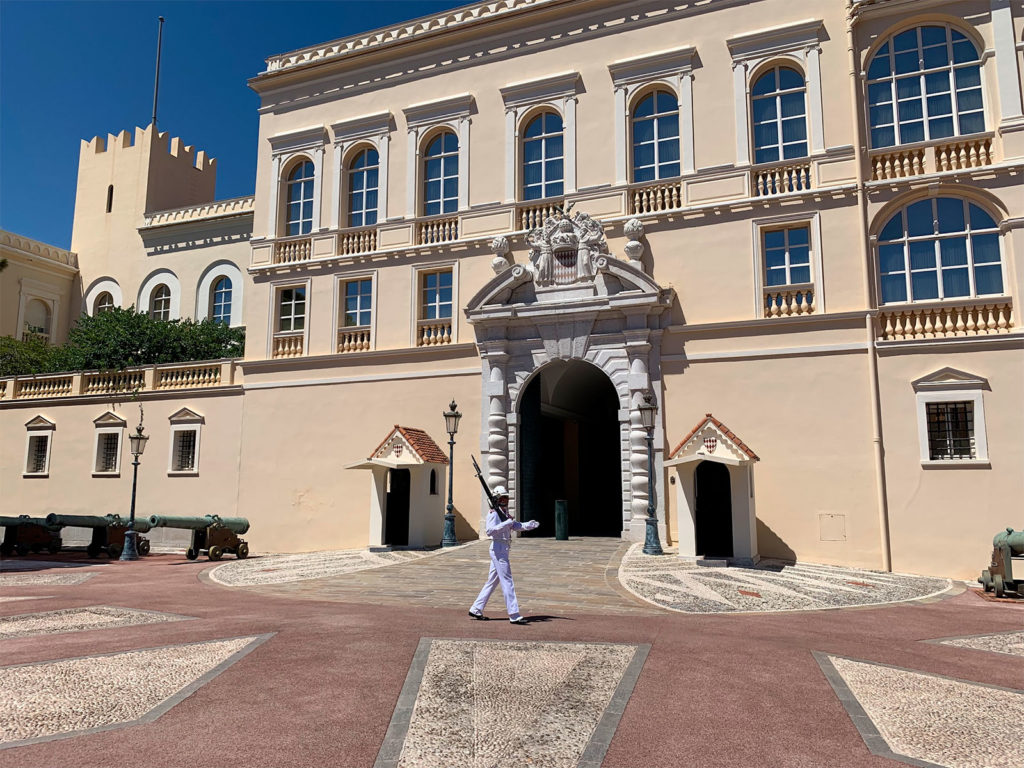
What Is Life Like for Locals Who Are Not Ultra-Wealthy?
Monaco is often portrayed as a haven for the ultra-wealthy, but beneath its glamorous surface lies a diverse and multifaceted community. While the principality boasts a high concentration of millionaires, a significant portion of its residents lead lives that are far removed from the opulence associated with the region.
The Monegasque Population
As of 2023, Monaco had a total population of approximately 38,367 people, with Monegasque nationals comprising about 22.45% of this number. These citizens benefit from specific rights and privileges, including access to public housing, free education, and priority in public sector employment. The principality’s policies aim to preserve the welfare of its native population, ensuring that the benefits of Monaco’s prosperity are shared among its citizens.
The Middle-Class Workforce
Beyond the native Monegasques, Monaco relies heavily on a middle-class workforce that includes nurses, teachers, shopkeepers, and civil servants. Many of these individuals commute daily from neighboring French towns such as Beausoleil, Cap-d’Ail, and Roquebrune-Cap-Martin, where the cost of living is more affordable. This commuting workforce is essential to the daily functioning of the principality, contributing to its healthcare, education, and retail sectors.
Daily Life and Community
Life for the average resident in Monaco is characterized by a blend of work and leisure within a secure and well-maintained environment. The principality offers a range of public services, including efficient public transportation managed by the Compagnie des Autobus de Monaco, which operates buses and a boat-bus service across the port. Cultural activities are abundant, with events such as the Spring Arts Festival and performances by the Monte Carlo Philharmonic Orchestra providing accessible entertainment options.
Social Dynamics
Despite the visible wealth, Monaco maintains a sense of social cohesion. The principality’s small size fosters a close-knit community where residents, regardless of their economic status, share public spaces and participate in communal events. While the luxury lifestyle is prominent, it coexists with the everyday lives of those who contribute to the principality’s functioning, creating a unique social fabric that balances opulence with ordinariness.
Life in Monaco for those who are not ultra-wealthy involves navigating a high-cost environment while benefiting from the principality’s safety, services, and community-oriented culture. The experiences of these residents highlight the multifaceted nature of Monaco, extending beyond its reputation as a playground for the rich.
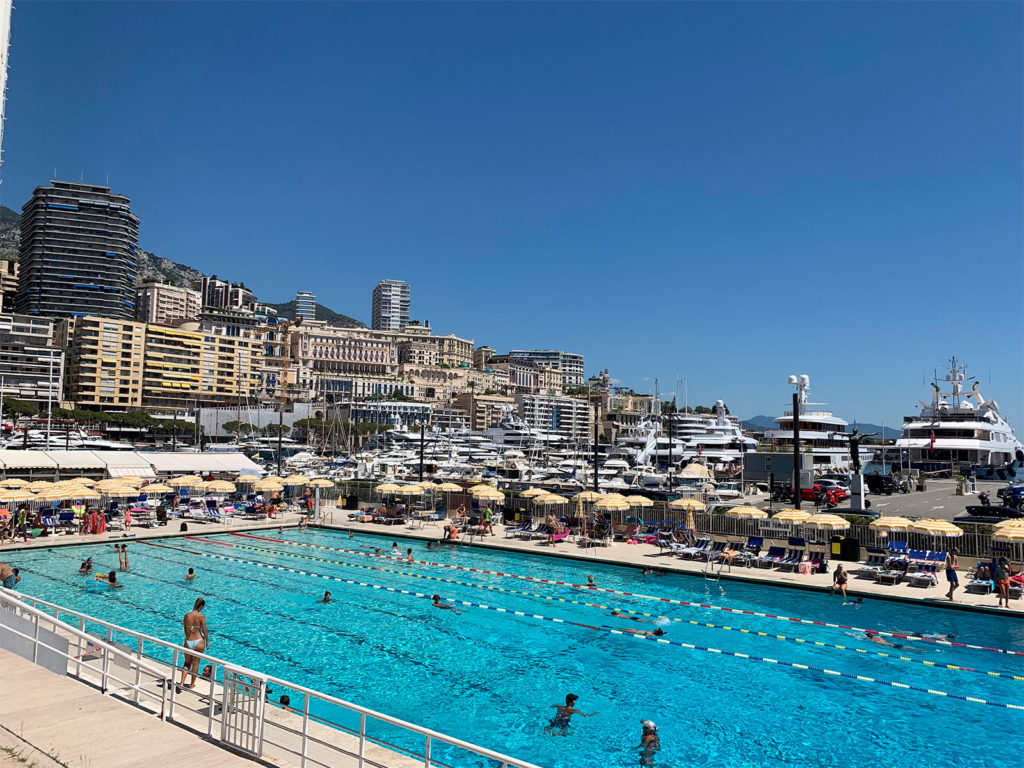

How Does Monaco Stay Independent from France?
Monaco’s sovereignty is the result of a complex history of treaties and constitutional developments. The 1918 Franco-Monegasque Treaty, formalized in the Treaty of Versailles, established that Monaco’s policies would align with French political, military, and economic interests. The 1962 Constitution, promulgated by Prince Rainier III, further defined the principality’s governance, establishing a constitutional monarchy with the Prince as head of state. In 2002, Monaco and France signed a new treaty that materially revised their 1918 agreement, reaffirming Monaco’s sovereignty while outlining areas of cooperation.
Despite its independence, Monaco relies on France for defense and certain aspects of foreign policy. France is responsible for the defense of Monaco, and the principality’s security is closely tied to French military support. Economically, Monaco uses the euro, although it is not a member of the European Union. The use of the euro and participation in the EU customs territory are facilitated through agreements with France.
The Prince of Monaco holds significant authority, serving as the head of state and representing the principality in foreign relations. The Prince initiates laws, has veto power, and appoints the Minister of State, who leads the government’s actions. This concentration of power is balanced by the National Council, which votes on legislation.
Monaco’s relationship with France includes certain ambiguities. While Monaco is not a signatory to the Schengen Agreement, it functions as a port of entry into Europe due to its open borders with France. Additionally, Monaco cooperates with French authorities on matters of security and law enforcement.
In practice, Monaco maintains its independence through a combination of historical treaties, constitutional governance, and strategic cooperation with France. This unique arrangement allows Monaco to function as a sovereign state while benefiting from its close relationship with its larger neighbor.
XperienceFrance is your travel specialist in France.
